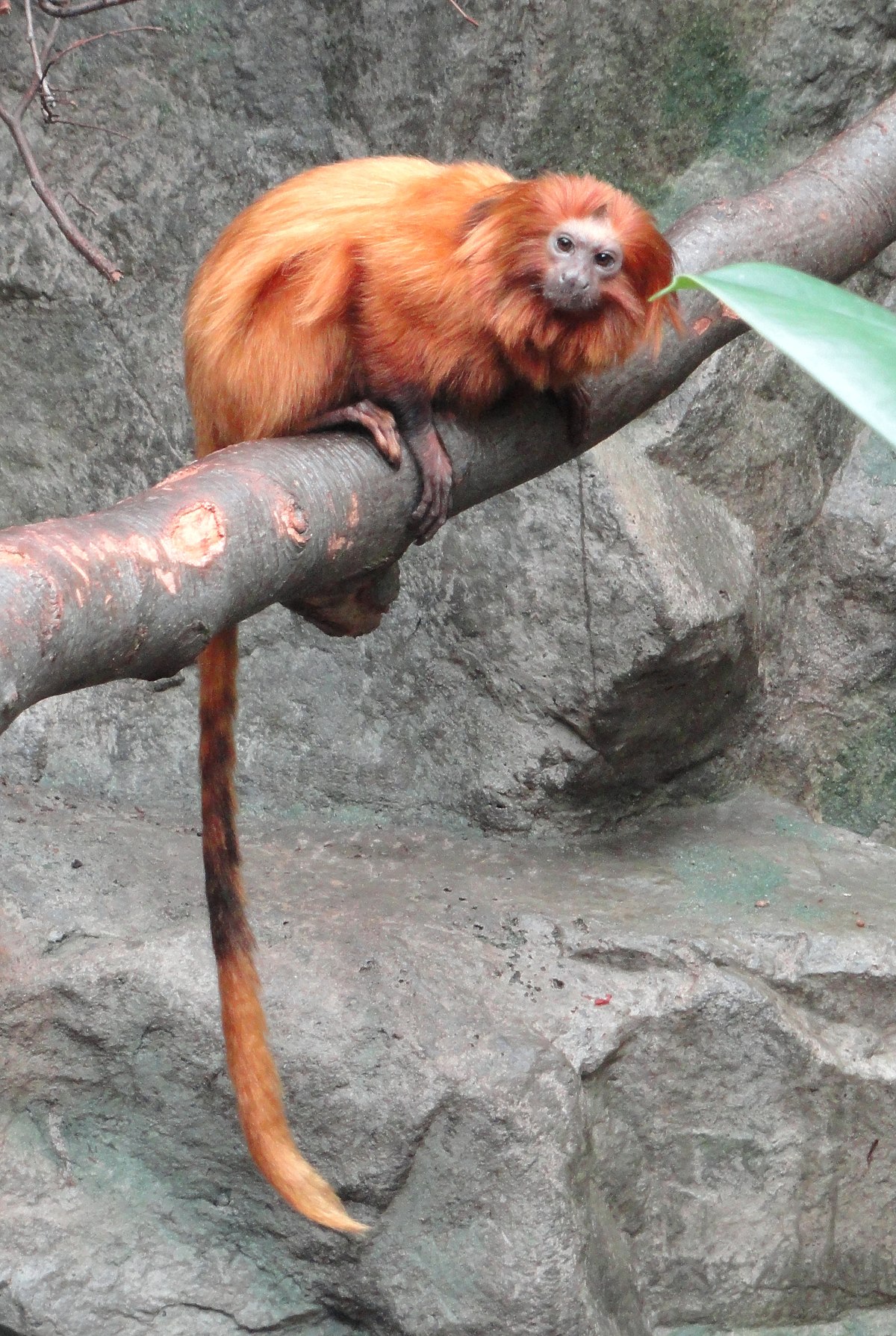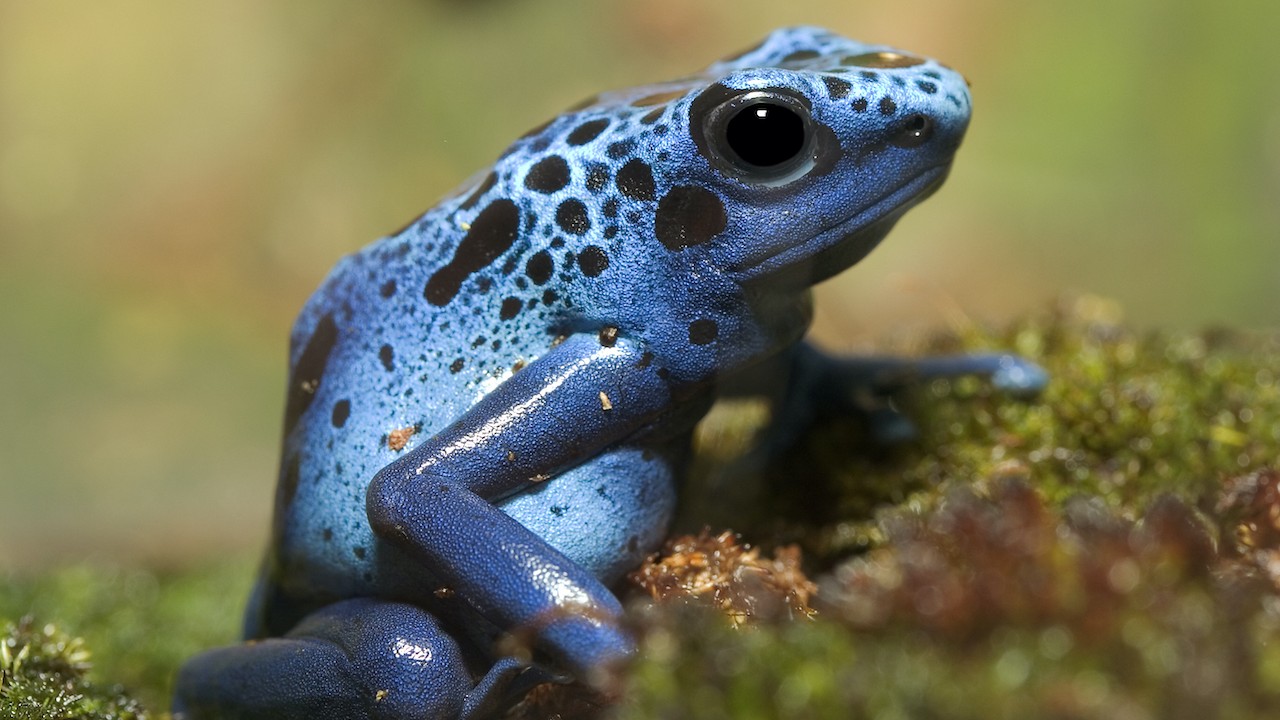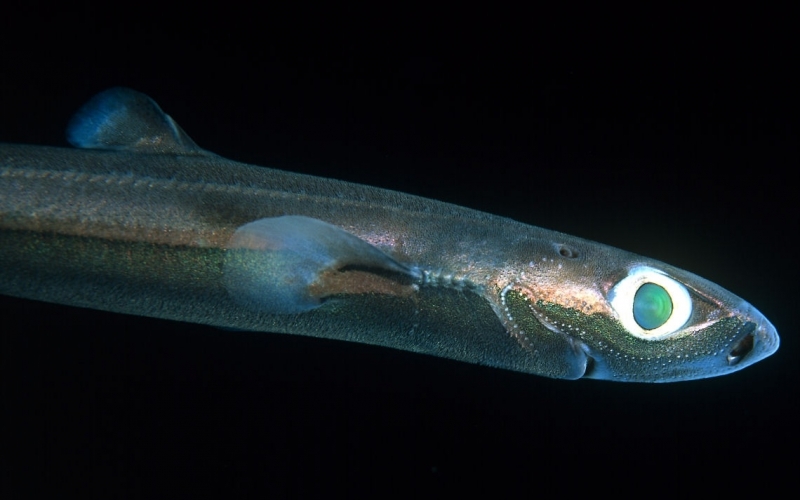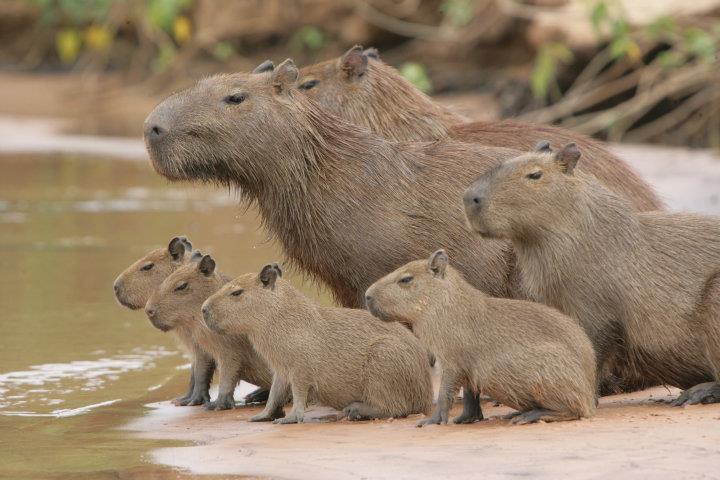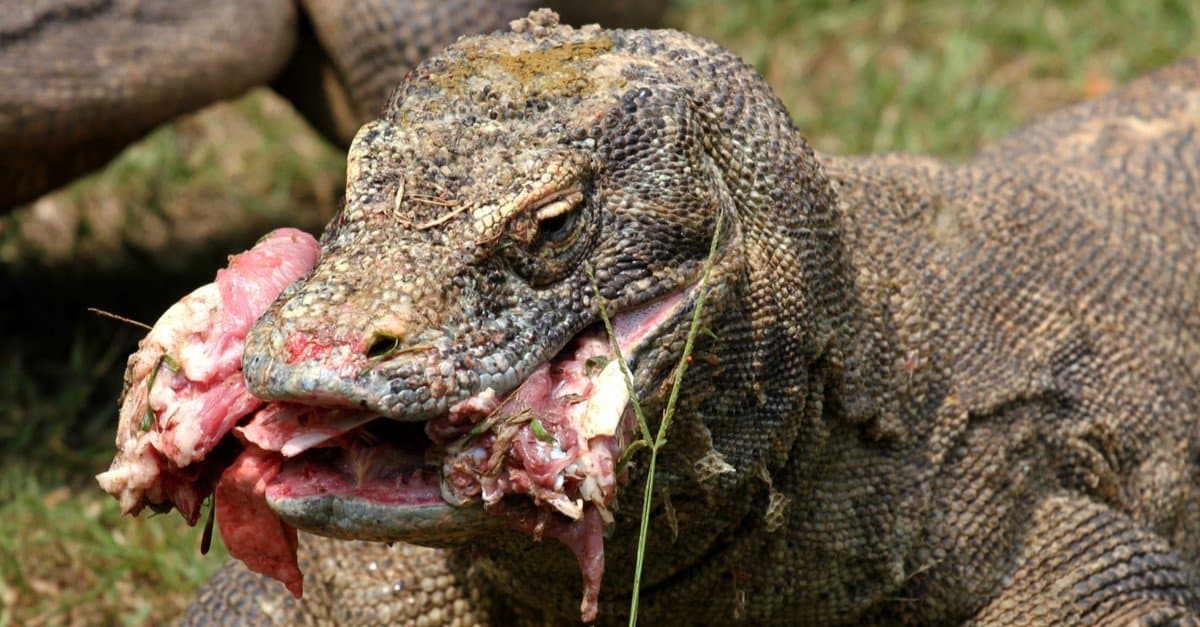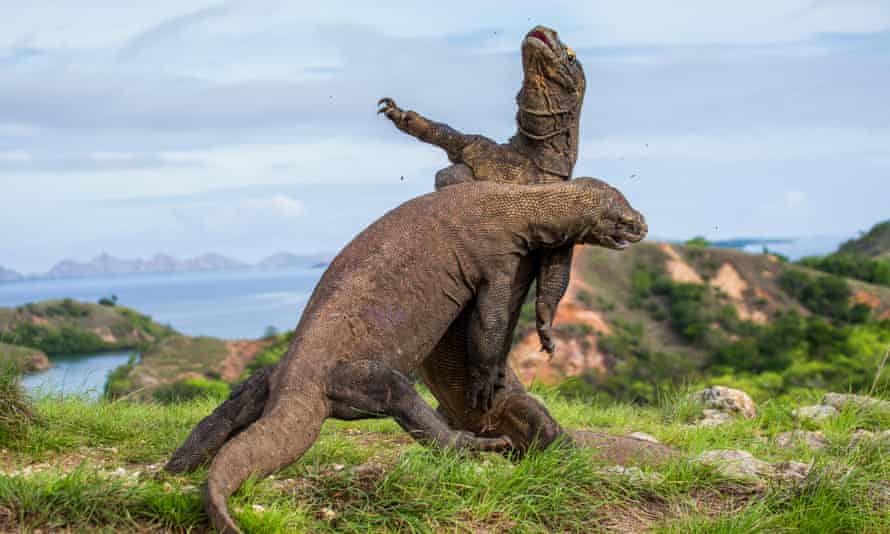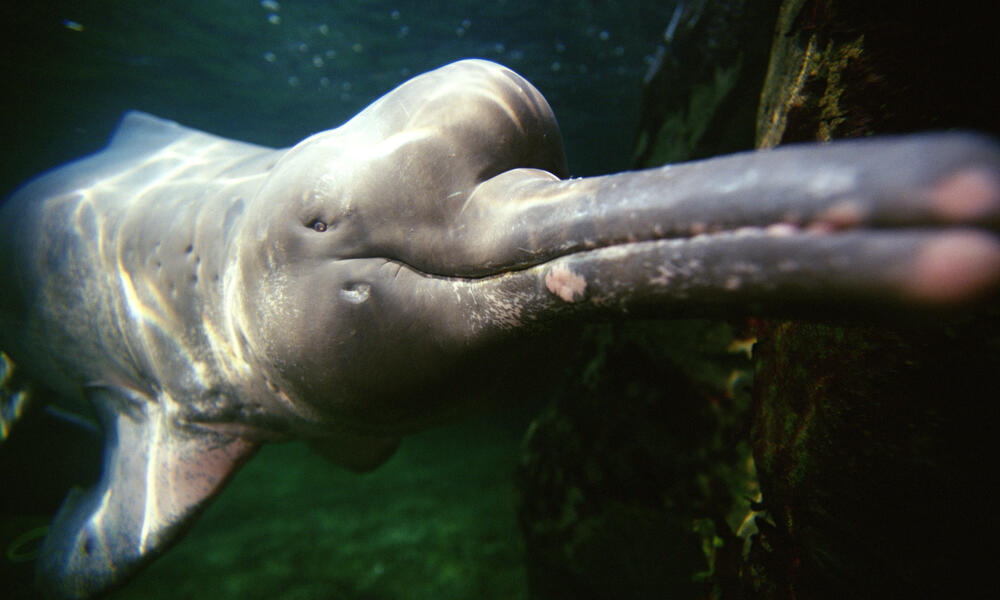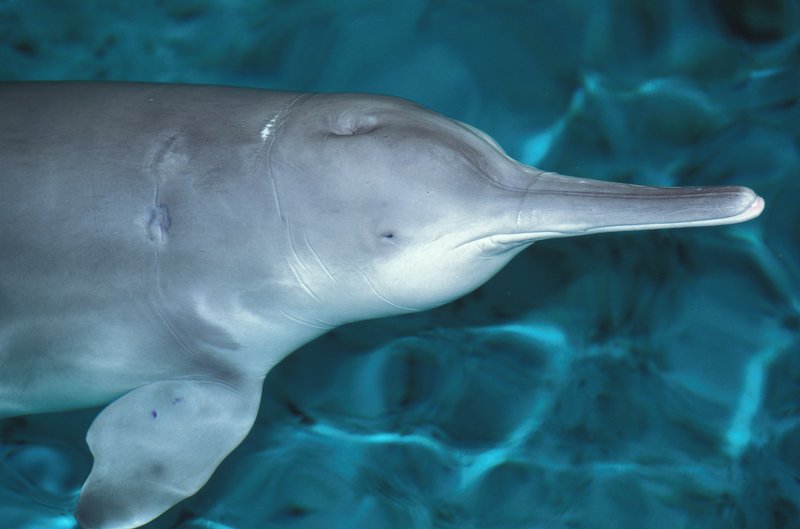Golden Lion Tamarins are critically endangered due to their habitat being shrunken down into small unconnected areas. They live in southeastern Brazil and normally have up to 2 offspring but can have triplets and quadruplets. They get their names from their impressive manes. Hopefully lion tamarin monkeys will increase in population soon.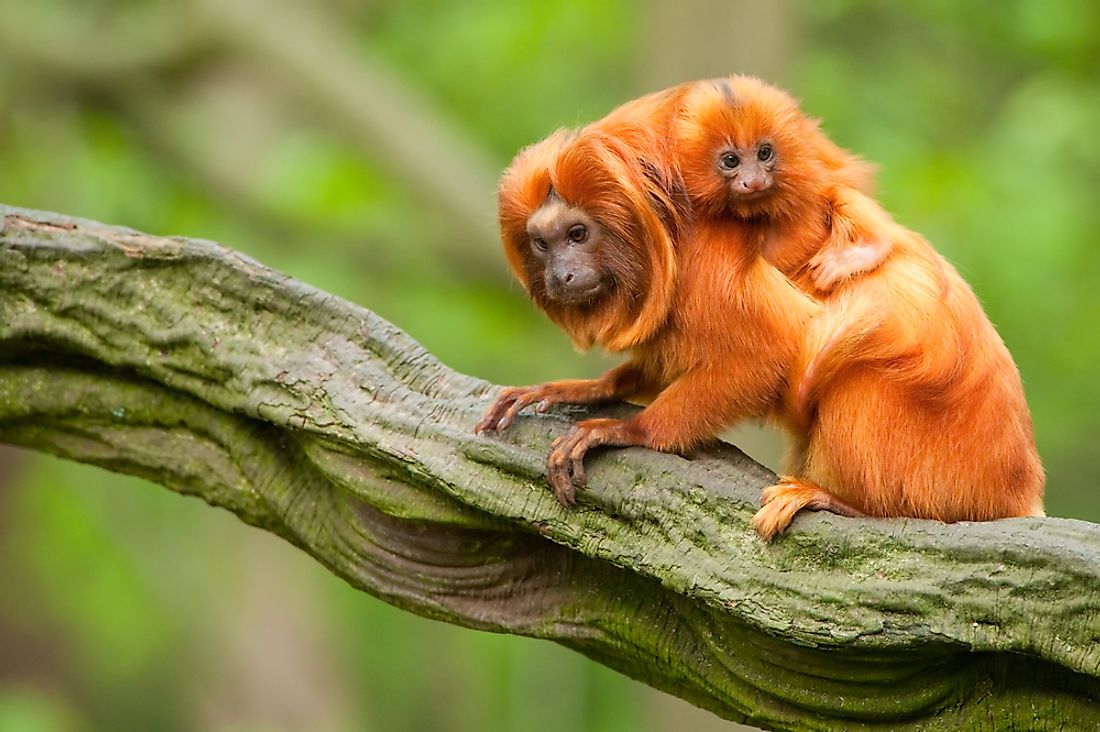
Golden Lion Tamarin with offspring
Golden Lion Tamarin Monkey
Fact File
Speed: 6
Size: 3
Intelligence: 8
Life Span: 8 - 20 years
Diet: Fruit, Insects, and other invertebrates
